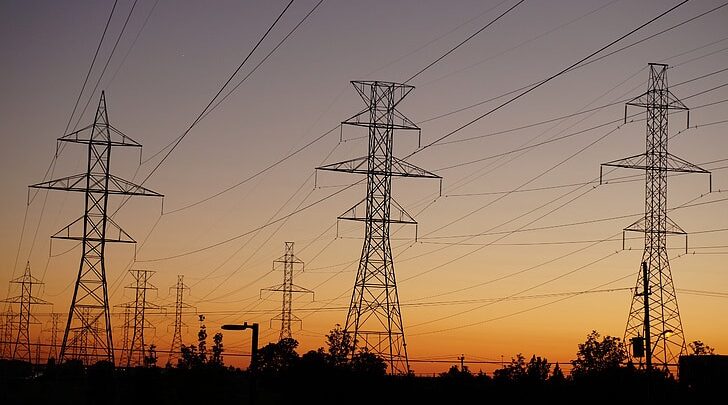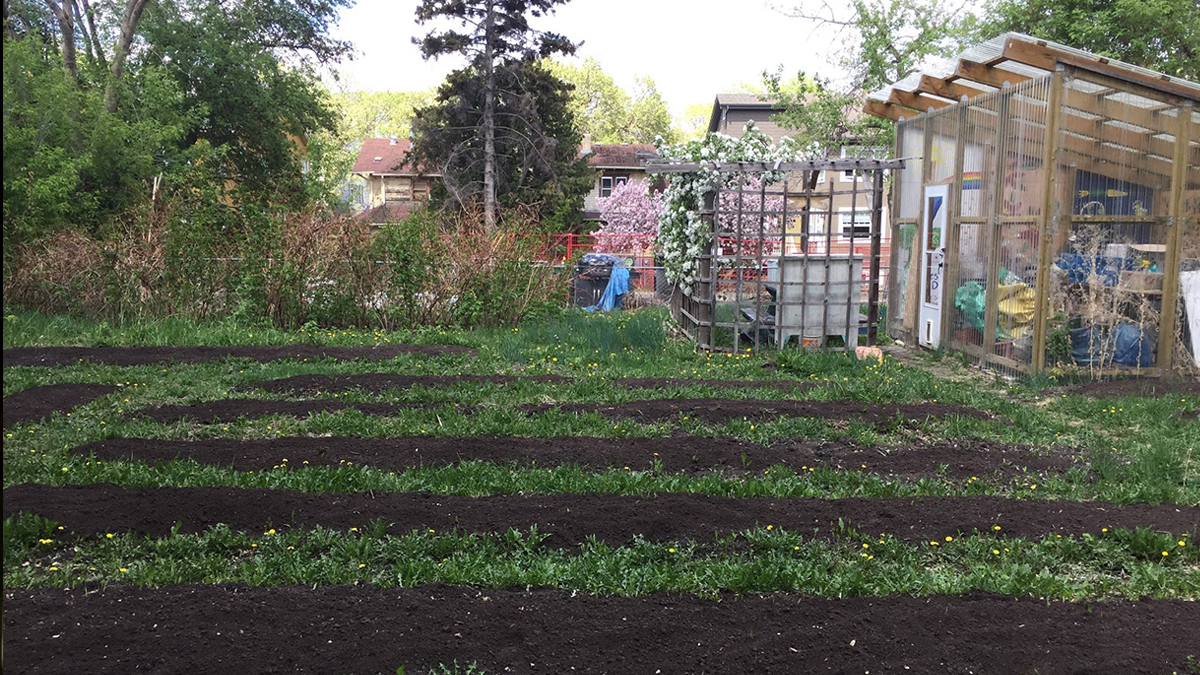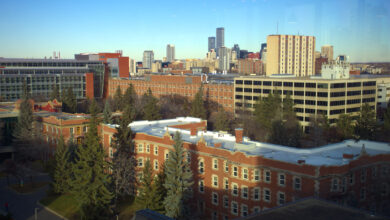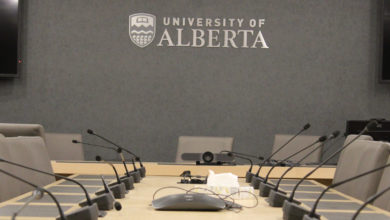 Supp
SuppSmall modular nuclear reactors (SMR), a new form of clean energy, are currently undergoing assessments for potential use in Edmonton and Alberta. The SMR Forum of 2024 in Edmonton was held from October 9–10. The forum provided a chance to highlight the potential role of SMRs in Canada.
According to Canada’s SMR action plan, the reactors could be used for a wide range of applications. These include powering remote communities, heavy industry applications, and providing non-emitting reliable electricity. Non-emitting electricity is produced in a way that doesn’t directly release any greenhouse gases.
Engineering professor receives funding to support SMR development
Mostafa Yakout, a University of Alberta assistant professor in the faculty of engineering, is working in SMR design. Yakout’s research focuses on “high-performance materials for applications that work or operate under extreme conditions.” He also focuses on additive manufacturing — commonly known as 3D printing — metallic and ceramic materials.
Yakout has received $2.5 million from the Enabling SMRs Program to support the development of SMRs in Canada.
SMRs are a fraction of the size of a conventional nuclear power reactor. According to Yakout, the reactors can weigh between 200-500 tonnes, which is much smaller than typical nuclear reactors. SMRs also have a power capacity of up to 300 megawatts electrical (MW(e)) per unit.
According to Yakout, a key benefit of SMRs is that nuclear energy “is one of the cleanest energy sources that can be produced.” Alberta’s greenhouse gas emissions are the second highest in Canada. According to Canada Energy Regulator’s (CER) Provincial and Territorial Energy Profiles, in 2022, Alberta’s emissions were 269.9 megatonnes of carbon dioxide equivalent.
“We have issues with our carbon footprint. So future energy systems like hydrogen, for example, are one of the areas of clean energy sources that we are looking at here in Alberta,” Yakout said.
Yakout’s research covers the implementation of SMRs, reactor design and manufacturing, and 3D printing during development.
Safety concerns are a priority when bringing SMRs to Alberta, Yakout says
When it comes to safety concerns, Yakout acknowledged that “there is always a risk when it comes to technology.” However, he thinks the most important factor is “addressing those risks, and finding ways to mitigate them.”
Additionally, Yakout commented on the maintenance of SMRs.
“It’s very easy to replace [safety features] and ensure a high lifetime of those types of features so that we don’t leave room for any risk.”
Yakout also highlighted another safety measure. He explained that in the nuclear industry, parts are rigorously tested and undergo numerous qualification stages.
Overall, Yakout thinks SMRs are “well suited in Alberta” and could serve as future energy sources for rural areas and manufacturing facilities.




